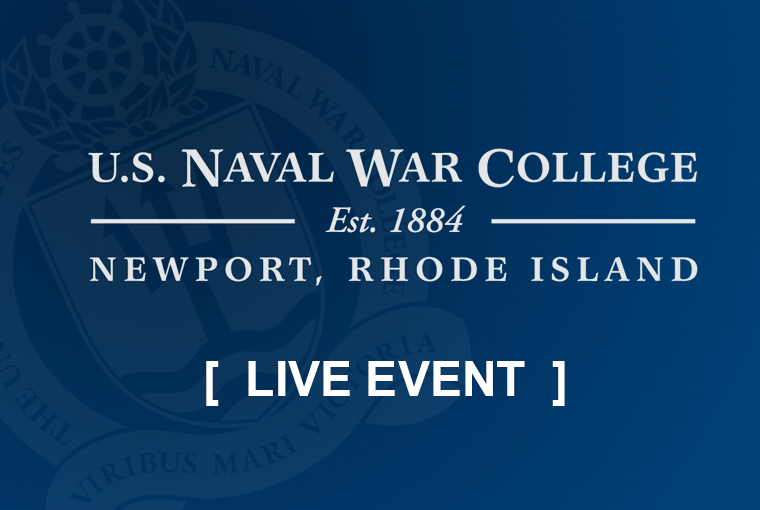Lectures of Opportunity: "Imagining the Unimaginable: War, Weapons, and Procurement Politics"

About this Event
Event Information
U.S. Naval War College, LOO Coordinator
This event is not open to the general public
This event is for U.S. Naval War College students, faculty and staff.Imagining the Unimaginable: War, Weapons, and Procurement Politics
Why and how do states decide to develop different weapon capabilities within a similar military domain? Contrary to the existing literature, I argue that ideas, particularly those about the future, play a critical role in shaping states’ decisions about military technology. Based on original archival evidence and in-depth interviews with key defense stakeholders, I contend that domestic actors’ ideas about future warfare—what I call the “images of warfare,” consisting of actors’ perceptions of the threat environment and their theory of victory—shape actors’ preferences for particular military capabilities. Not all of these ideas, however, are equally influential. I therefore trace how those within the military, the legislative and executive branches, the industry, and the community of defense analysts bargain over their technological preferences. In order to transform ideas into actual capabilities, I argue that actors need to build a cross-cutting coalition within the broader defense community around their “imagined security interests,” while exploiting the state's political opportunity structure. To test this theory, I use comparative case studies, in which I analyze the development of missile defenses from the 1980s until today in the United States, United Kingdom, and France, as well as employ illustrative examples from the pursuit of air power (1920s-1930s), and aircraft carriers (1950s-1960s) in those same countries.
About this Lecture
Lectures of Opportunity offers U.S. Naval War College (NWC) students, faculty, and staff an opportunity to learn more about national and international socio-political subjects that may be of relevance to the NWC community.
More on Lectures of OpportunityDownloads for this event
SynopsisMost Recent
8:00 a.m.
U.S. Naval War College, 686 Cushing Rd, Newport, RI 02841
U.S. Naval War College, 686 Cushing Road, Newport, RI 02841
U.S. Naval War College, 686 Cushing Road, Newport, RI 02841
8:00 a.m.
U.S. Naval War College, 686 Cushing Road, Newport, RI 02841
U.S. Naval War College, 686 Cushing Rd, Newport, RI 02841
